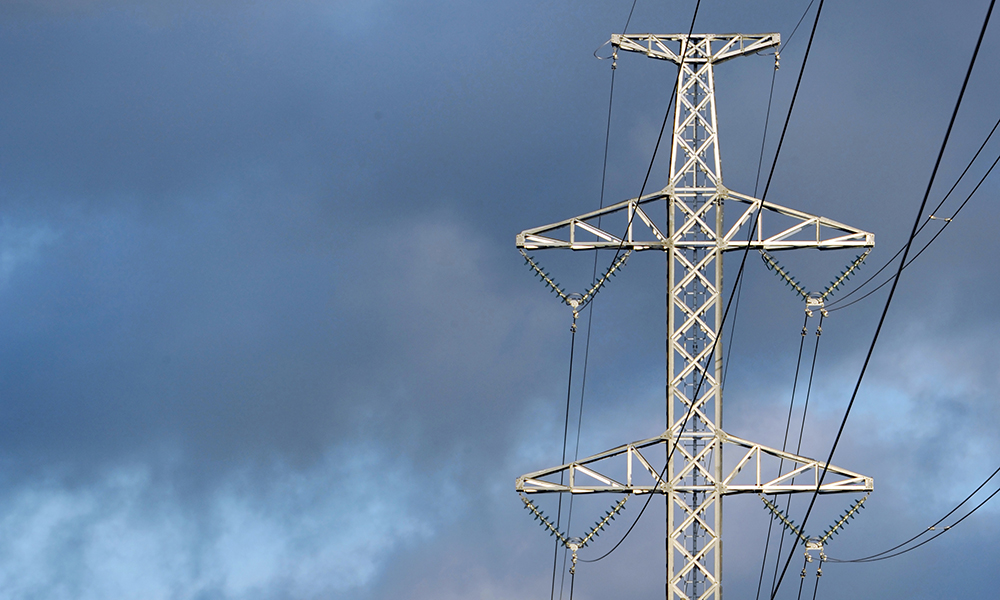
The Electricity Market Act requires Fingrid to designate and publish the transmission lines and substations that belong to its main grid nine months prior to the start of the surveillance period. This designated main grid is maintained by means of income Fingrid obtains through electricity transmission tariffs.
The law specifies the criteria for the main grid in detail. The main grid consists of a high-voltage electricity grid of at least 110 kilovolts that is in ring operation and covers the national-wide power system. Individual transmission line faults may not cause interruptions in transmission to main grid substations, and an alternative route must always be available for transmission. Thus, main grid system security must meet the N-1 criterion.
Fingrid can own other grids that do not meet the main grid criteria. However, the costs of such a grid may not be covered by main grid tariffs and a separate tariff must be formulated for this grid. Users are charged for this tariff in addition to the normal main grid tariff. Fingrid does not currently have such ownerships, because customers have purchased the grid parts that do not belong to the main grid.
The main grid surveillance period and designation decision is always made for four years at a time. Changes can also be made to the scope of the main grid during the surveillance period if necessary, but this requires a separate change decision regarding the valid designation decision.
“We have made one change decision concerning main grid ownership during this surveillance period. The decision applied to a single transmission line in Iijoki and four transmission lines and one substation in the Helsinki region. These parts were sold because their method of use changed as a result of main grid investments, and they were no longer needed as part of the main grid,” explains Unit Manager Petri Parviainen.







